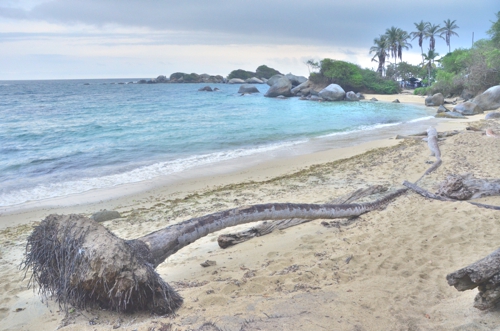
In the past, I’ve written about Minca, one of the most charming destinations along Colombia’s Caribbean coast. Minca is tranquil, exotic and good for a day, or maybe two, but it’s nothing compared to Tayrona National Natural Park, which is undoubtedly the crown jewel of Colombian ecotourism.
Located approximately 20 km from the city of Santa Marta, the hub for ecotourists along the eastern stretch of Colombia’s Caribbean coast, Parque Tayrona (as it’s known in Spanish) has everything, from hiking, to camping, to swimming, to opportunities to experience indigenous culture.
To reach Parque Tayrona, either book a taxi from your hostel in Santa Marta (this is a good option if you’re traveling in a group), or ask a local which collectivo share taxi you can hop on, if you’re traveling on your own or as part of a couple.
Just one word of advice: If someone in the park advises you not to hike along a certain path, listen to them!
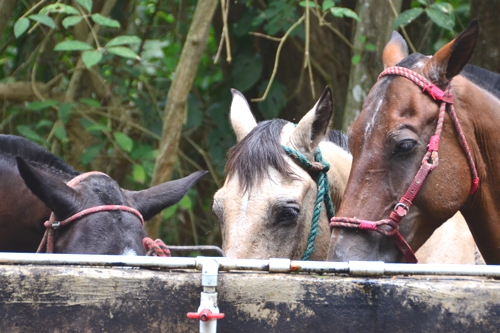
It’s possible to see the park on horseback, although I personally prefer to hike
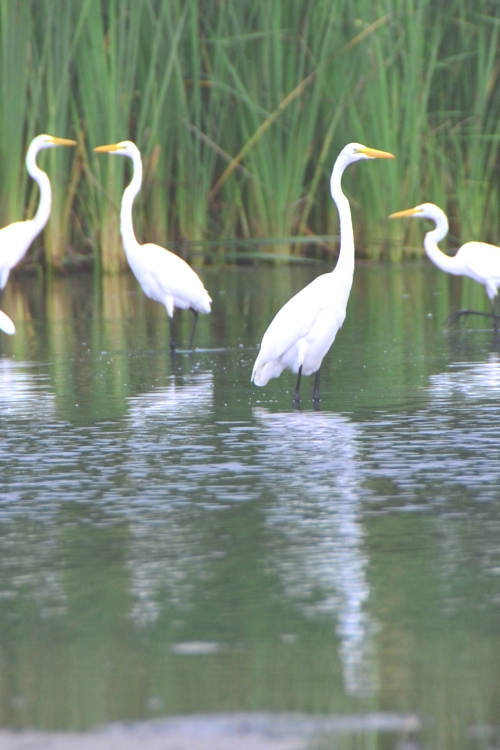
Tayrona Park is a great place to spot birds, if you’re into those
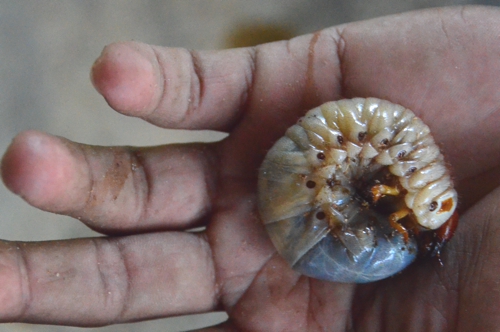
Parque Tayrona is also home to creatures of the less beautiful variety
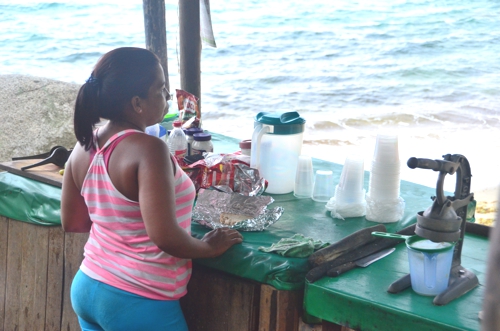
Enjoy some local fare at a cevichería along the beach
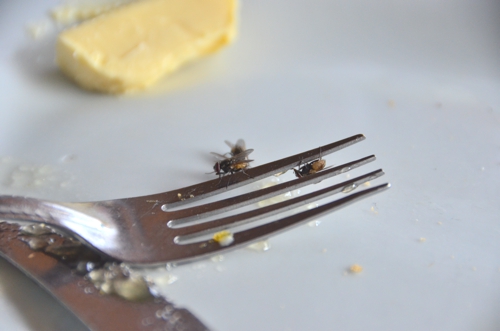
Occurrences like these are not uncommon in the park
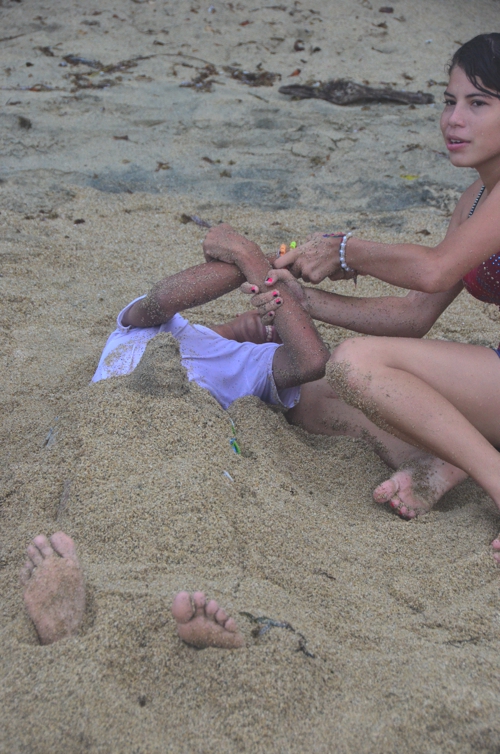
Parque Tayrona is popular among tourists and locals alike
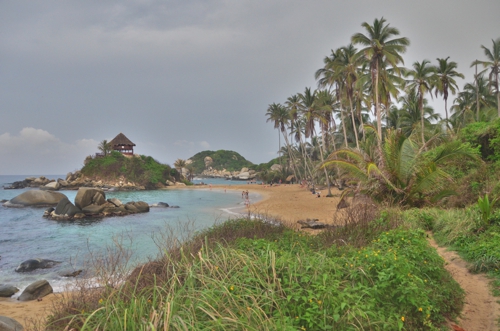
Located a few hours’ hike from the park’s entrance, Cabo San Juan beach is a popular place to spend your first night
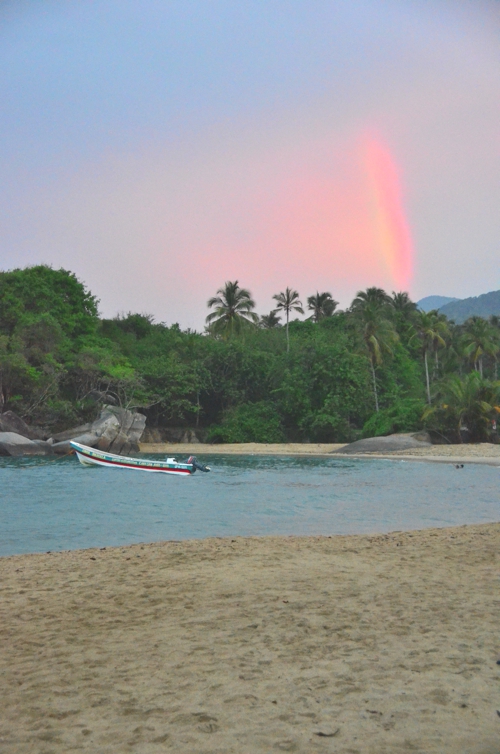
A beautiful rainbow over Cabo San Juan beach
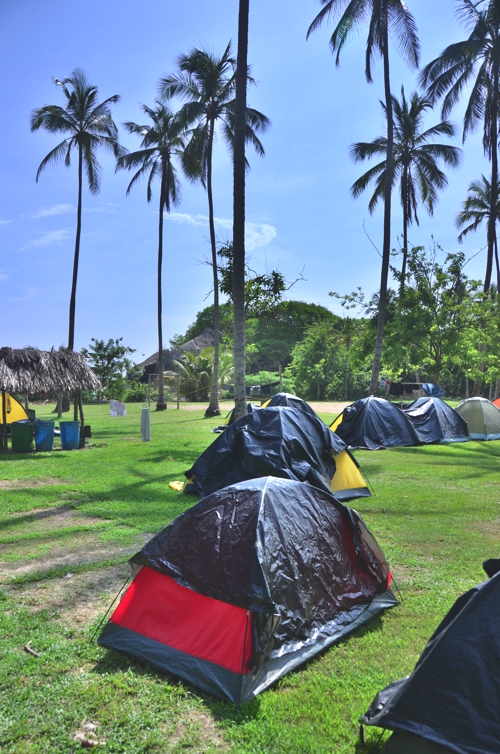
Camping is the most popular lodging option in Parque Tayrona
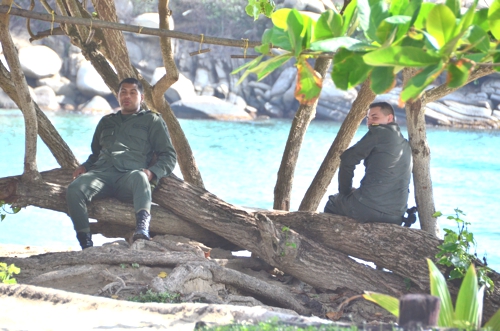
Police officers are everywhere in the park, so be discreet if you want to do something illegal
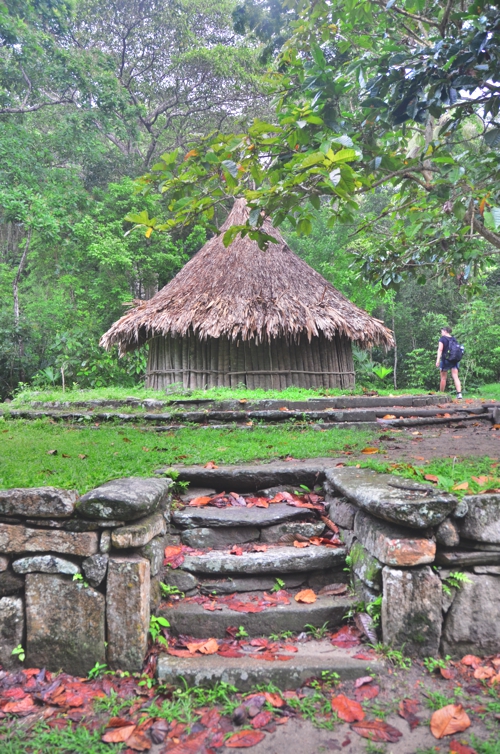
The good news? We found Pueblito, a collection of old houses we’d wanted to see. The bad news? The warning we received had been correct: We got stuck in a torrential downpour that lasted three hours, and had to wade across a waist-deep river of mud!

Robert Schrader is a travel writer and photographer who’s been roaming the world independently since 2005, writing for publications such as “CNNGo” and “Shanghaiist” along the way. His blog, Leave Your Daily Hell, provides a mix of travel advice, destination guides and personal essays covering the more esoteric aspects of life as a traveler.








